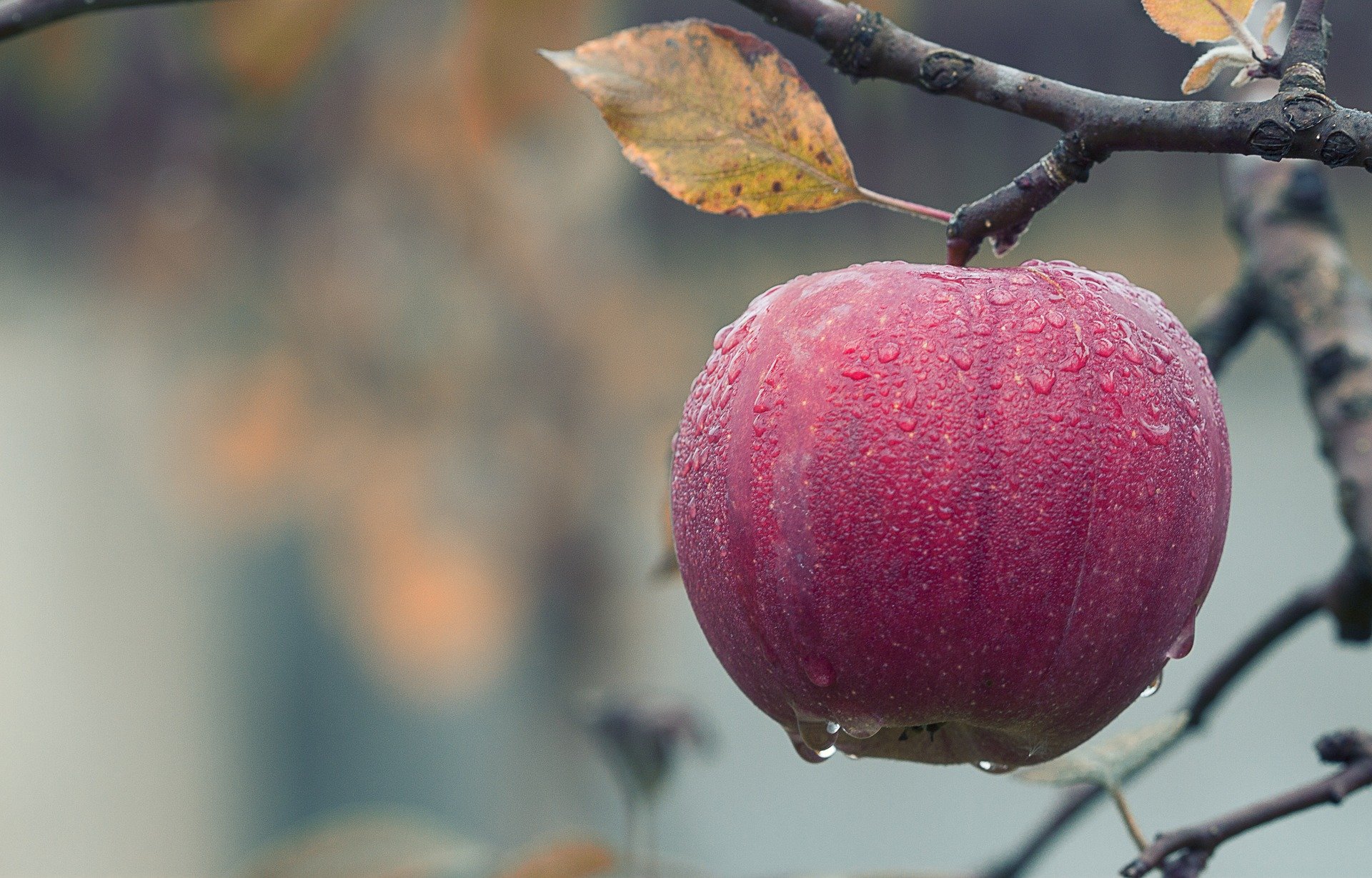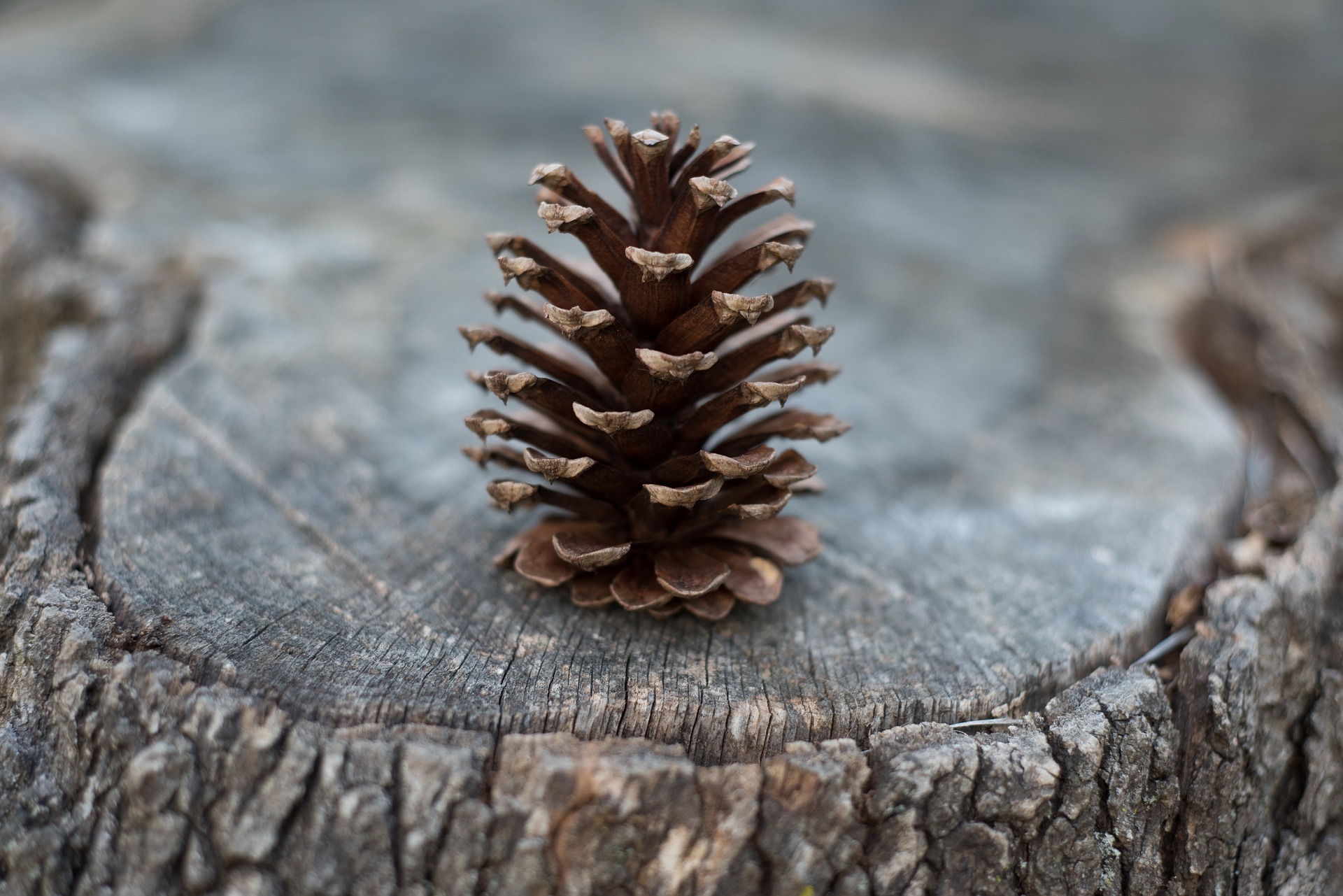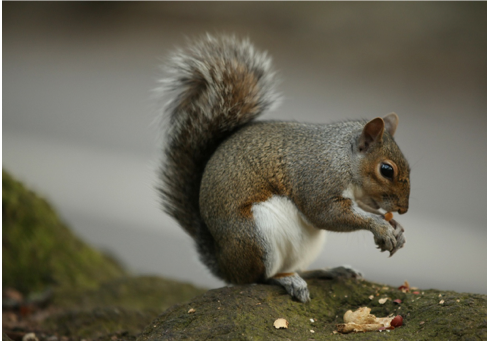Oxbow At Home Seeds on the Move
Overview
I like to move it move it! Seeds are on the move, especially in the springtime. What we mean by seeds on the move are how they travel, or are dispersed. Many plants and trees start their life cycle as a seed, but they all have their own “flavor” by doing it in different ways. Let’s find out some ways that seeds move from their parent plant to a new habitat to grow into a plant.
Standards
Georgia Standards
Kindergarten:
- SKL2. Obtain, evaluate, and communicate information to compare the similarities and differences in groups of organisms.
- SKL2.b. Construct an argument supported by evidence for how plants can be grouped according to their features.
Second Grade:
- S2L1. Obtain, evaluate, and communicate information about the life cycles of different living organisms.
- S2L1.c. Construct an explanation of an animal’s role in dispersing seeds or in the pollination of plants.
Introduction
Seeds are how many trees and plants reproduce, or grow more of them. Seeds are the start to many plant’s life, or life cycle. Seeds are released from plants in different ways and they travel, or are dispersed, in different ways too!
Types of Seed Dispersal
How They’re Bred to Spread
Wind

Seeds that travel by wind are small in size and lightweight making them aerodynamic, meaning they move easily in the air. They normally have a special shape to keep them in the air, such as small hairs or paper-thin wings. This allows them to float in the wind or breeze, like with a dandelion or maple seed.
Gravity

Some seeds are heavier than others. These seeds usually do not travel very far from the parent plant, and drop to the ground with the help of the force of gravity pushing them downwards like when an acorn falls from an oak tree.
Water

The seeds that are dispersed in water must float. These seeds are shaped like pods or balls are also light so that they don’t sink and travel long distances, for example a coconut or mangrove seed.
Explosion

There are also seeds that are more “exciting,” or spread their seeds suddenly or violently in an explosion, with the parent plant forcing the seeds outward, like with a jewelweed or milkweed plant.
Animals

Animals can help disperse seeds in several ways, but it is usually by eating the seed from a plant or fruit and then depositing it somewhere later in their feces. Seeds, like burrs, can also attach to a mammal’s fur.
In the Wind
That’s a lot of different ways to get around! Now let’s dive in deeper to each type of seed dispersal. We will uncover the shapes, properties, and even flavor of some seeds to learn more about how they move. You never know where the wind will blow you!
The Secret Physics of Dandelion Seeds

Why are these seeds able to move easily in the wind?
What is the most interesting thing you learned from the video?
Maple Seeds Dispersed by Wind

What shape are these seeds?
How does their shape help them move in the wind?
What is a gust of wind’s favorite color?
Blew
Gravity Examples
That’s a lot of different ways to get around! Now let’s dive in deeper to each type of seed dispersal. We will uncover the shapes, properties, and even flavor of some seeds to learn more about how they move. You never know where the wind will blow you!



Water Dispersal Examples
Now let’s learn how water helps seeds move.
After watching the videos, can you answer this question:
Why can these seeds travel far distances?
Sea Bean

Coconut

We learned that maple seeds are light weight and float in the wind and dandelions defy physics by floating even better than some airplanes! Water currents flow, and with them lots of plants use a “bobber” type of seed to take a ride on the surface of the water to their next destination. Let’s try out our own abilities and see if we can engineer a “seed” that would disperse well in the wind. Throws paper flyer high and then far.
STEM Connection: Can You Catch the Current?
Engineer a seed to fly in the wind
Flyer materials:
- straw
- scissors
- strips of paper (about ¼ to ½ inches thick)
- tape
Instructions:
- Cut strips of paper (thicker paper works best) of your size and color choosing
- Use tape to secure the paper into a circle hoop, similar to a “paper chain”
- Tape one paper hoop toward one end of the straw and the second toward the other end of the straw
- Test your flyer!
How high can it go? How far can it fly? How long can it stay in the air?
Now think of ways that you can change or improve your flyer. Can moving the location of one or both bands affect its performance? What about using different types of paper? What about different straw thicknesses or lengths? Try using a smaller band toward the “front” and a larger band toward the “back” and see if or how that changes the length, height, or time it can fly. Can you create your own unique type of flyer?
It’s Explosive Excitement!
Explosion Dispersal Examples
You can even engineer a catapult to disperse some of our own seeds in an experiment! It will be loads of (safe) propulsion fun with just a few household materials!
Animal Dispersal Examples
What is one way an animal can disperse a seed?
How can an animal disperse a seed, even after they have eaten it?
Think about an experience you have had watching a squirrel in your yard or at a park that was eating or burying acorns or seeds.
- Why would they do that?
- How could that help an oak tree?
The birds and the…bears?
Lots of animals like to eat seeds and fruits!
How do these two animals disperse seeds?
What are burdock seeds, or burrs, similar to in our daily lives?
How do animals disperse this type of seed?


Outdoor Adventure
I remember as a young child in the summertime of PA searching for Jewelweed seeds or “poppers” as they were nicknamed. It was amazing finding the beautiful, tiny orange trumpet shaped flowers and looking for a nice fat “juicy” seed pod to touch ever so slightly and watch explode and fly into the air! We’ve seen some pretty amazing ways that seeds spread themselves to produce new plants in new places – sometimes far away from where they started! Let’s go outside and investigate our own surroundings. How many types of seeds can you find? How do you think they travel or disperse?
How many types of seeds can you find?
How do you think they travel or disperse?

This is what I was able to find in my backyard. I found (go over individually). I think this one moves by… because. Can you draw a picture of how one (or a few) of your seeds move?




